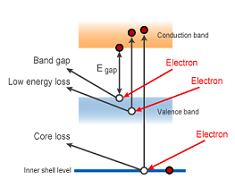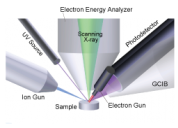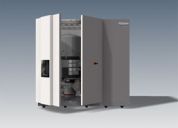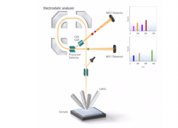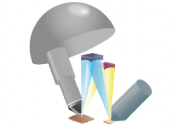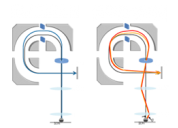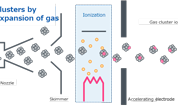2019.04.12 Update
Reflection Electron Energy Loss Spectroscopy (REELS)
The REELS(Reflection Electron Energy Loss Spectroscopy)option has been added to the PHI 5000 VersaProbe III, which allows various optional configurations. REELS is a growing demand as an analytical method for obtaining information on the chemical and electronic states of the surface of various materials including carbon materials...



